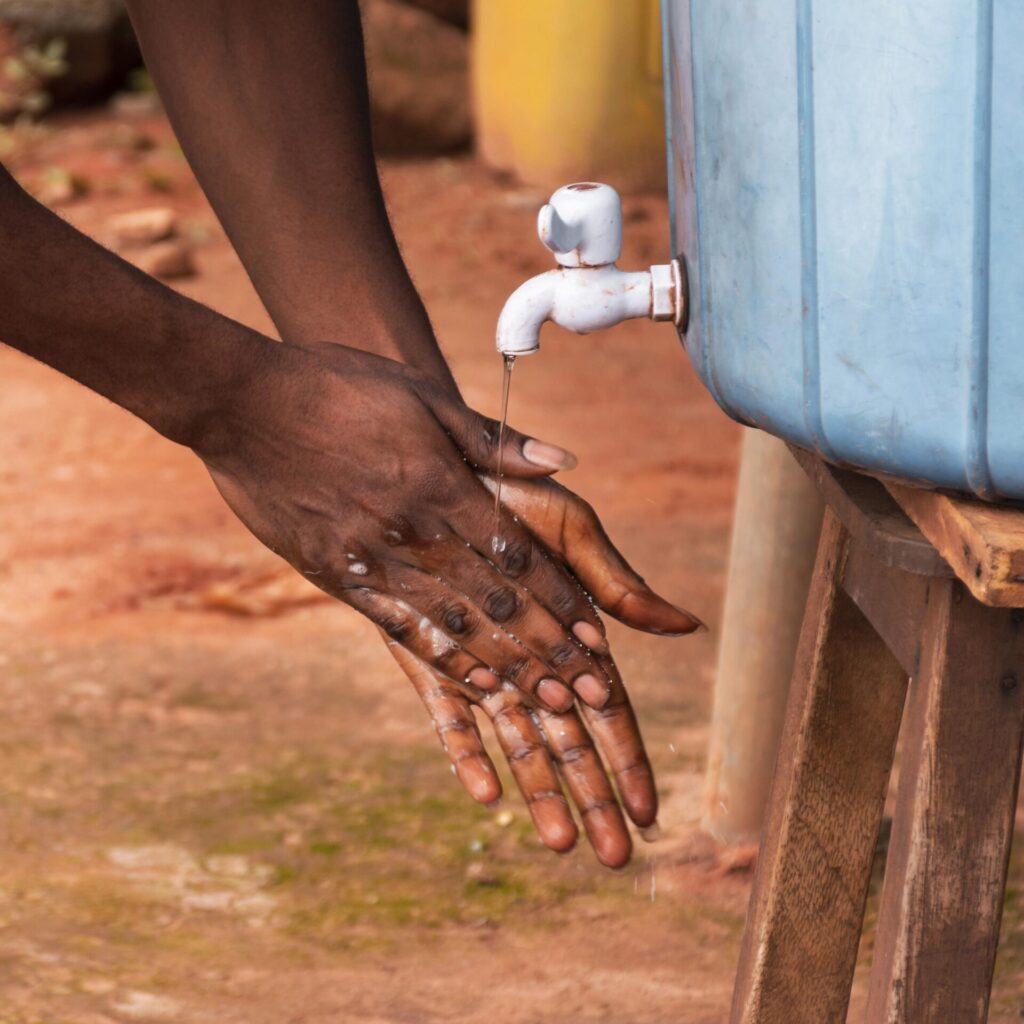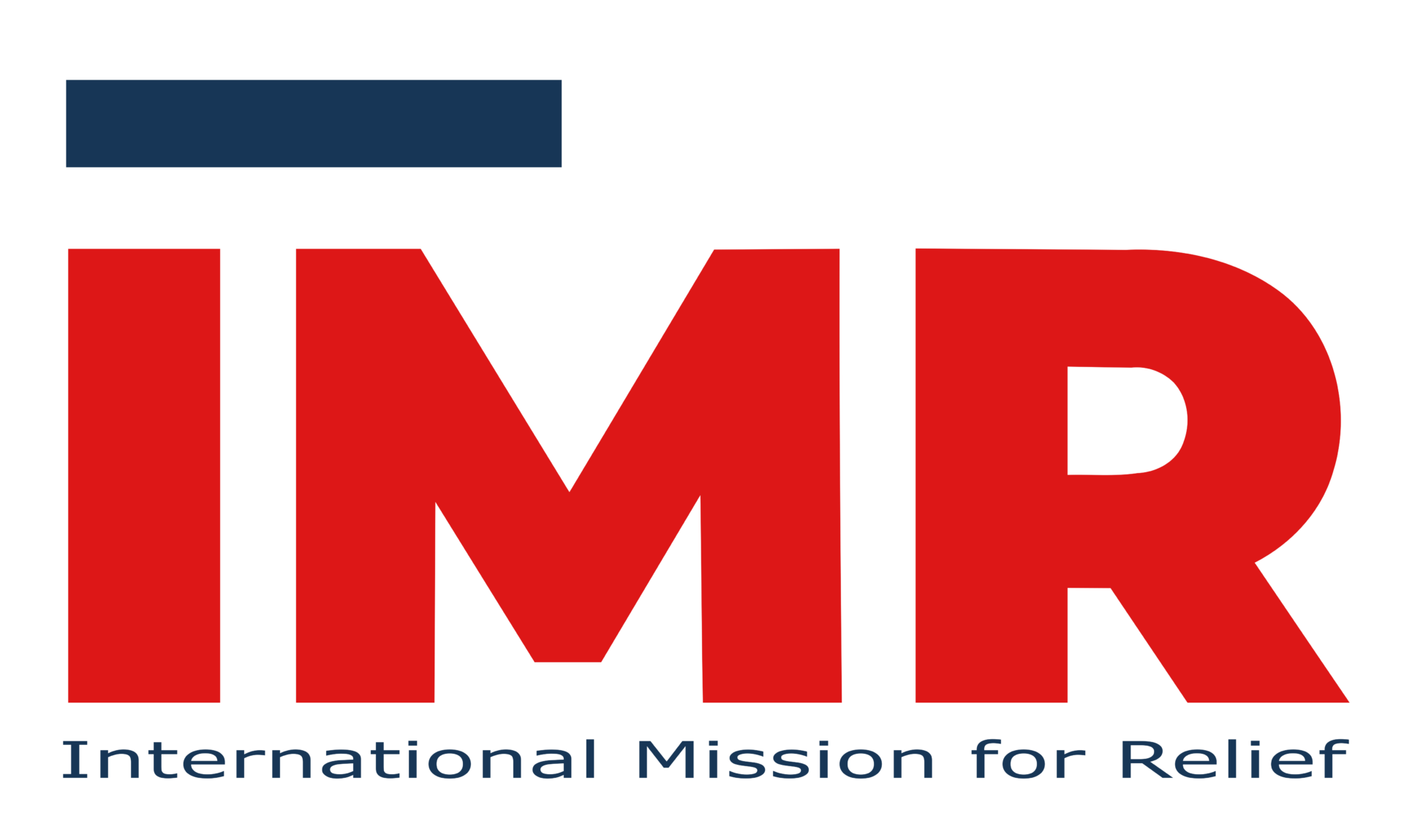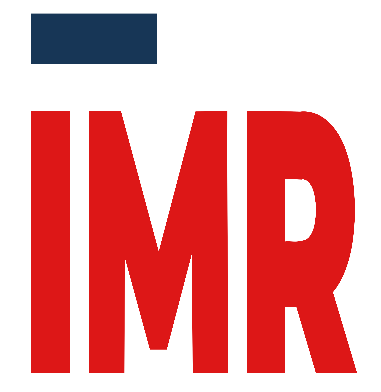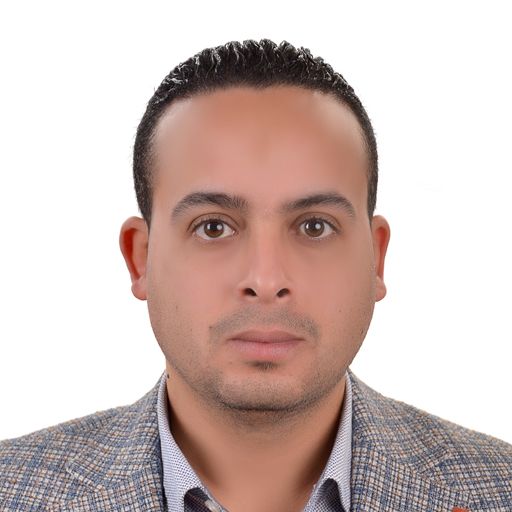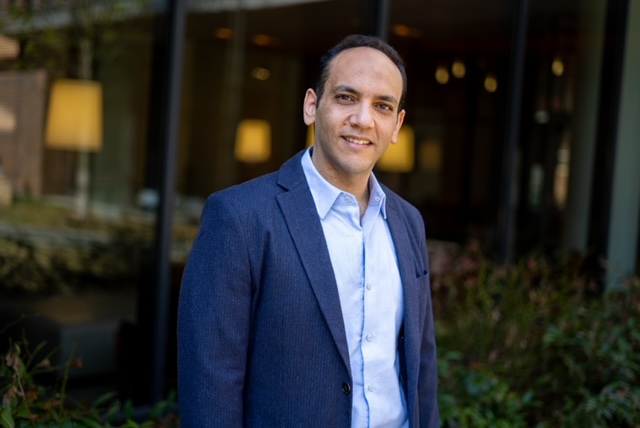IMRELIEF IN TANZANIA
Key Figures and Notes
Country Context
Tanzania has made significant progress in recent years, in education, healthcare, and social inclusion; and has recently achieved lower-middle-income status in 2020. But the decline in poverty is uneven.
Over 80 percent of the poor in Tanzania live in the rural areas, with households having more dependents than the nonpoor. Growth in the agricultural sector remains low, at around 4% per year.
There are very few employment opportunities in food value chains and processing/manufacturing in the rural areas, which leads to significant out-migration of young people from low productivity agriculture to urban informal service sectors, where productivity is just as low. This is only because nonfarm work is associated with lower poverty.
IMRelief would like to unlink the two, by improving economic opportunities for the rural poor, especially in food value chains and vocational work, which can improve rural standard of living, increase agricultural productivity, change perception of on-farm work, and reduce rural out-migration.
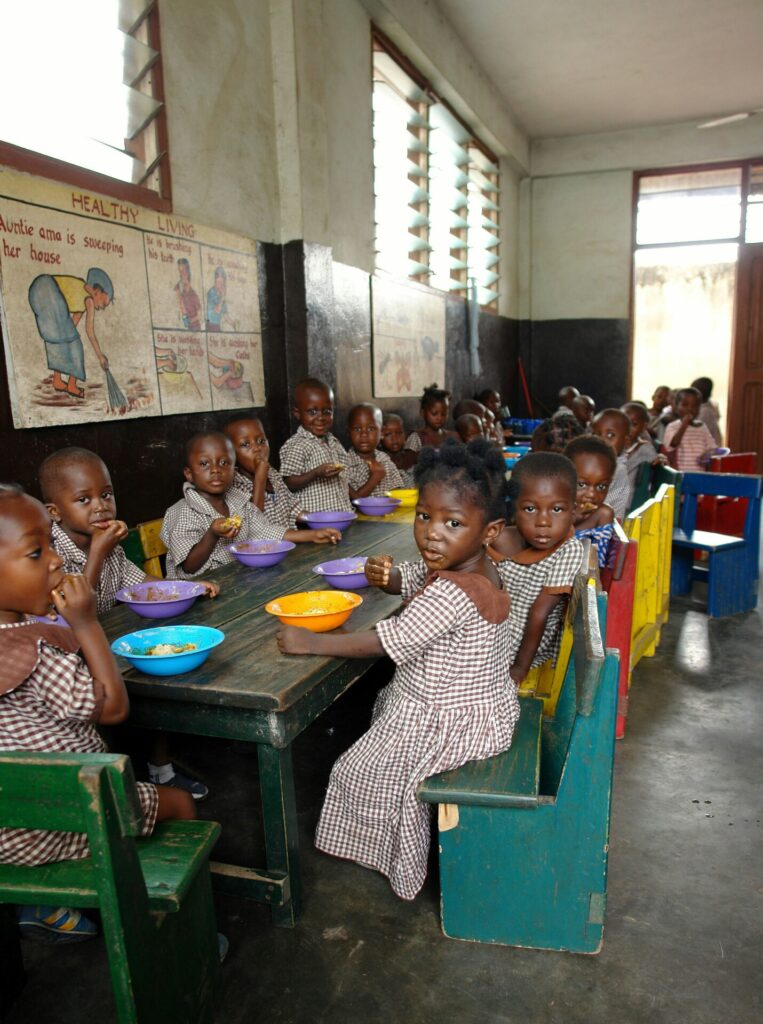
IMRelief Highlights
IMRelief Strategy
IMRelief aims to provide the following:
- Food Aid: for the refugee and vulnerable communities
- WASH: Water wells to provide clean accessible water for the poor in rural villages
- Livelihood and Entrepreneurship: Vocational training and home-based trade with focus on food value chains
